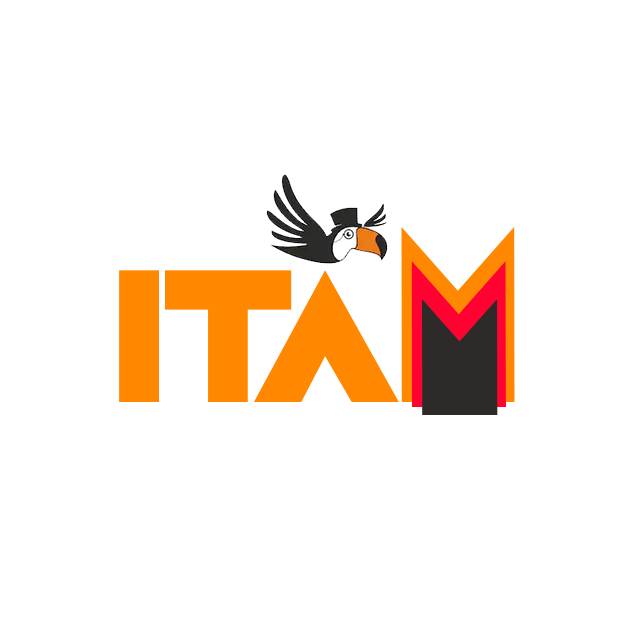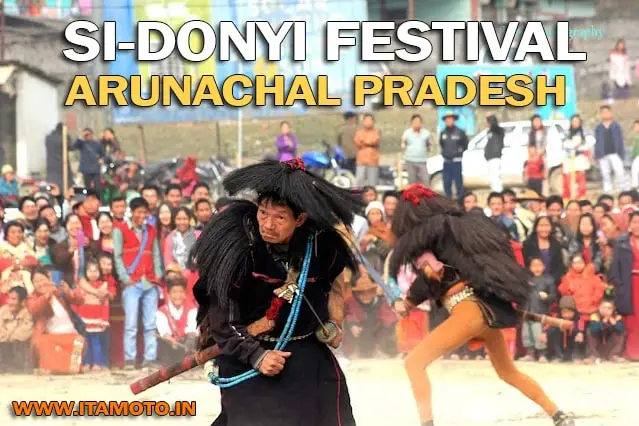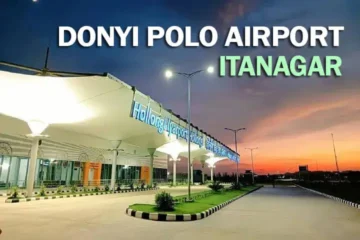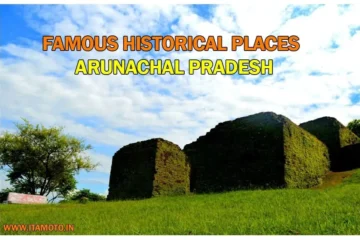Arunachal Pradesh is a beautiful and diverse culture and traditional state of union India. There are more than 26 major tribes and many sub-tribes inhabitant in this beautiful state.
Arunachal Pradesh has many different festivals for different tribes and sub-tribes of Arunachal Pradesh. Here I listed some major and important festivals of Arunachal Pradesh.
List of Major festivals of Arunachal Pradesh
1. Dree:
Dree is the main agricultural festival of the Apatanis celebrated on 5th July every year since 1967 for three days after the completion of the plantation of paddy to propitiate spirits and deities seeking bumper cropping, welfare, and prosperity of the people and the animals.
The rituals are performed with the help of the priest. Folk-song and dances are performed by both sexes. Food and drinks are lavishly served. On the occasion, a community feast is offered to the guest and visitors.
2. Losar:
The Losar is the new year festival of the Buddhist tribes of the Mahayana sect viz Monpa, Sherdukpens, Memba, Khamba, and Nah celebrated on 11th February.
During the festival days, a series of worships are performed by the Lamas to have a good life and to obtain a blessing for the entire community for peace and prosperity.
The festival is celebrated in the Buddhist temples viz. Gompa. The Lamas recite the appropriate religious text on the occasion. The male folks perform different pantomime dances. Torgya—is another festival celebrated at Tawang Monastery from the 6th to the 8th of January.
3. Loku:
Loku is the main agricultural festival of the Noctes. Renglo Loku is celebrated at the advent of the agricultural season while Chalo Loku is celebrated after harvest on 25th November every year since 1970.
The pigs and buffaloes are offered to the Almighty with the help of a priest. It is celebrated for the all-around prosperity of the community. The famous Chalo dance and Loku dance are performed during the festival days.
4. Mopin:
Mopin is an agricultural festival of the Galos celebrated on 5th April w.e.f 1966. Mopin is synonymous with wealth and prosperity. It is observed with enthusiasm and gaiety.
Rituals are performed with the help of priests to propitiate the deity Pinku-Pinte of wealth seeking a rich harvest, good health, and universal happiness.
A community feast, rubbing of rice powder on each other’s faces and Ponung dance are some of the salient features of the festival.
5. Nyokum:
The Nyokum festival of the Nyishiis celebrated on 26th February every year since 1967 to propitiate the Gods and Spirits for a bumper harvest, welfare, and prosperity.
It is an agricultural festival observed just before the beginning of Jhum cultivation. The priest performs appropriate rituals by offering animals and fowl in front of the altar especially erected on the festival ground.
Folk songs and dances are performed. A festival feast is also organized during Nyokum grand festival.
6. Reh:
Reh is celebrated by the Idu Mishmis on 1st February w.e.f. 1967. While celebrating the festival, animals and fowls are offered in the name of different Gods and deities for the welfare and prosperity of the organizer and community.
Idu dance is performed. The prest plays a magnificent role in the ritualistic part of the festival. The Reh festival is celebrated unitedly by all 5 sections viz, ldu, Digaru, and Miju on 1st February 2013.
7. Si-Donyi:
Si-Donyi festival of the Tagins is celebrated on 6″ January for the welfare and prosperity of the people. Rituals are performed to appease Si (Earth) and Donyi (Sun) Gods.
Irrespective of age, sex, and sect every one of them participated in the celebration. A community feast is also organized at the end of the festival. Folkdances are performed.
8. Solung:
Solung is the colorful festival of the Adi-Min-Yong-Padam group, which lasts for seven days. The villager. prepare enough rice beer and store plenty of rice, meat, and vegetables for the joyous occasion to entertain guests and family members.
It is an agricultural festival celebrated on 1s September w.e.f. 1967 for bumper cropping and prosperity of the people. Rituals are performed to appropriate Solung deity.
Ponung and other folk dances form a part and parcel of the celebration. The priest performed the concerned rituals to appease the Gods and Spirits. The Mega Solung festival is organized for 3 days to mark the Golden Jubilee from 9th September 2016 for centralizing celebrations
9. Sanken:
It is the biggest festival of the Khamtis and Singphos observed with due solemnity on 14 April, where the image of Lord Buddha, the enlightened one, is brought out of its abode and bathed ceremoniously.
It is a new year’s festival. During the festival days, the monks and villagers pour water on the images and they also Sprinkle water on each other out of great fun and merriment. It is basically a socio-religious festival.
10. Oriah/Ojiyale :
It is an agricultural festival of the Wanchos celebrated on 16th February every year since 1974 on a community basis for four to six days to propitiate the benevolent Gods and perform traditional dances.
A number of animals and fowls are offered in the ritual altar Zang Wen to appease concerned Gods with the help of a priest. Traditional songs and dances are performed. On a concluding day, menfolk get together in the dormitory for a community feast and drink.

11. Boori-Boot Yullo:
The festival is celebrated by the Nyishi (Hill Miri) from the 4th to the 8th of February. It is an annual festival associated with their agriculture.
This festival appeals to the God Boori Uii for blessing, bumper harvesting crops, and prosperous life. The colorful dances, songs, community feasts, etc. are the main feature of the festival.
The priest and his assistant erect an altar and chant a hymn over the sacrifice of animals and fowl on the day.
12. Chindang:
Of the so many colorful festivals of the Miji of West Kameng, Chindang is one of them. It is an annual festival associated with their agriculture.
It is celebrated in the middle part of the autumn season. This festival celebrates for ten days. The festival is headed by the priests and village elders, who perform ritualistic parts by chanting hymns on the day. Songs, dances, traditional games, sports community feasts, and the sacrifice of animals and fowl are the main feature of the festival.
13. Nyetshhidow/Neythriidow:
It is a community festival of the Akas or Hrusso, which celebrate annually in the month of November. The festival is associated with their agriculture.
The priests and village elders head the celebration of the festival. Traditional songs, dances, animal sacrifices, community feasts,s, etc. are the main feature of the festival.
The priest performs a number of religious rituals for three to four days, appeasing different gods and goddesses for the blessing of a prosperous life for mankind.
14. Moh Mol:
The Tangsas celebrate the festival annually in April. It is basically an agricultural festival. Ritual RomRom is performed to appease the goddess of crop Tuengia-Chamja to seek blessing for bumper crops and prosperous and long life all.
Explore Arunachal Pradesh with ItaMoto Travel
Thank you for reading this article, please comment and share it.
Explore the unexplored paradise – Arunachal Pradesh with ITAMOTO TRAVEL
ItaMoto Travel is an Arunachal Pradesh-based travel company that provides online cab & bus ticket booking services for inter towns & cities of Arunachal Pradesh.
Book your trip tickets with Itamoto Travel App – Available on Playstore (Click to Download)
Check our services – Additional Services
Contact us: +91 8787395780, Email: contact@itamoto.in





Important festivals of Arunachal Pradesh